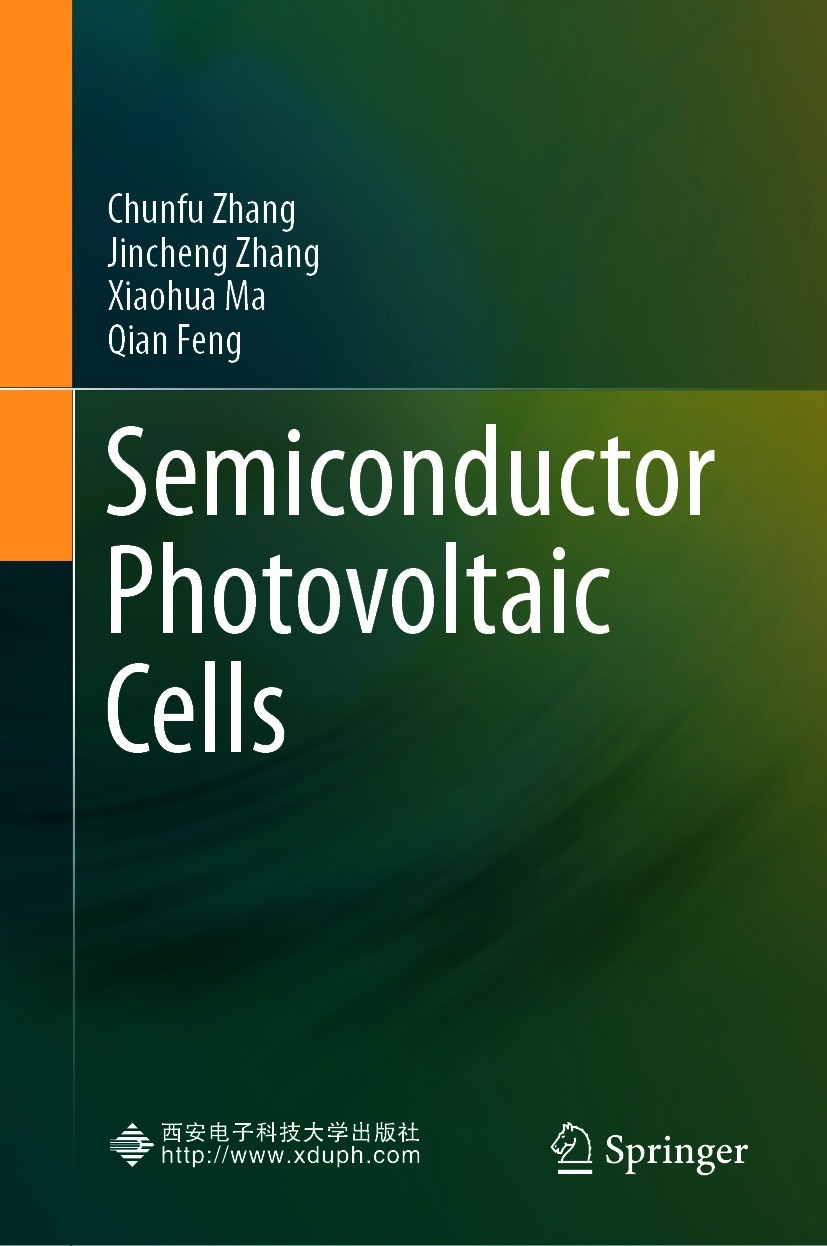| 书目名称 | Semiconductor Photovoltaic Cells | | 编辑 | Chunfu Zhang,Jincheng Zhang,Qian Feng | | 视频video | http://file.papertrans.cn/865/864874/864874.mp4 | | 概述 | Provides systematic information on photovoltaic cells, including the device physics, material properties, device structure and manufacturing processes.Is accessible to beginners while also providing d | | 图书封面 |  | | 描述 | This book explores the scientific basis of the photovoltaic effect, solar cell operation, various types of solar cells, and the main process used in their manufacture. It addresses a range of topics, including the production of solar silicon; silicon-based solar cells and modules; the choice of semiconductor materials and their production-relevant costs and performance; device structures, processing, and manufacturing options for the three major thin-film PV technologies; high-performance approaches for multi-junction, concentrator, and space applications; and new types of organic polymer and dye-sensitized solar cells. The book also presents a concept for overcoming the efficiency limit of today’s solar cells. .Accessible for beginners, while also providing detailed information on the physics and technology for experts, the book is a valuable resource for researchers, engineers, and graduate students in fields such as physics, materials, energy, electrical and electronic engineering and microelectronics. . | | 出版日期 | Book 2021 | | 关键词 | Solar Cells; Photovoltaic Effect; Solar Energy Conversion; Efficiency Limit; Si Solar Cells; III-V Solar | | 版次 | 1 | | doi | https://doi.org/10.1007/978-981-15-9480-9 | | isbn_softcover | 978-981-15-9482-3 | | isbn_ebook | 978-981-15-9480-9 | | copyright | Xidian University Press 2021 |
The information of publication is updating

|
|
 |Archiver|手机版|小黑屋|
派博传思国际
( 京公网安备110108008328)
GMT+8, 2025-12-16 07:46
|Archiver|手机版|小黑屋|
派博传思国际
( 京公网安备110108008328)
GMT+8, 2025-12-16 07:46


